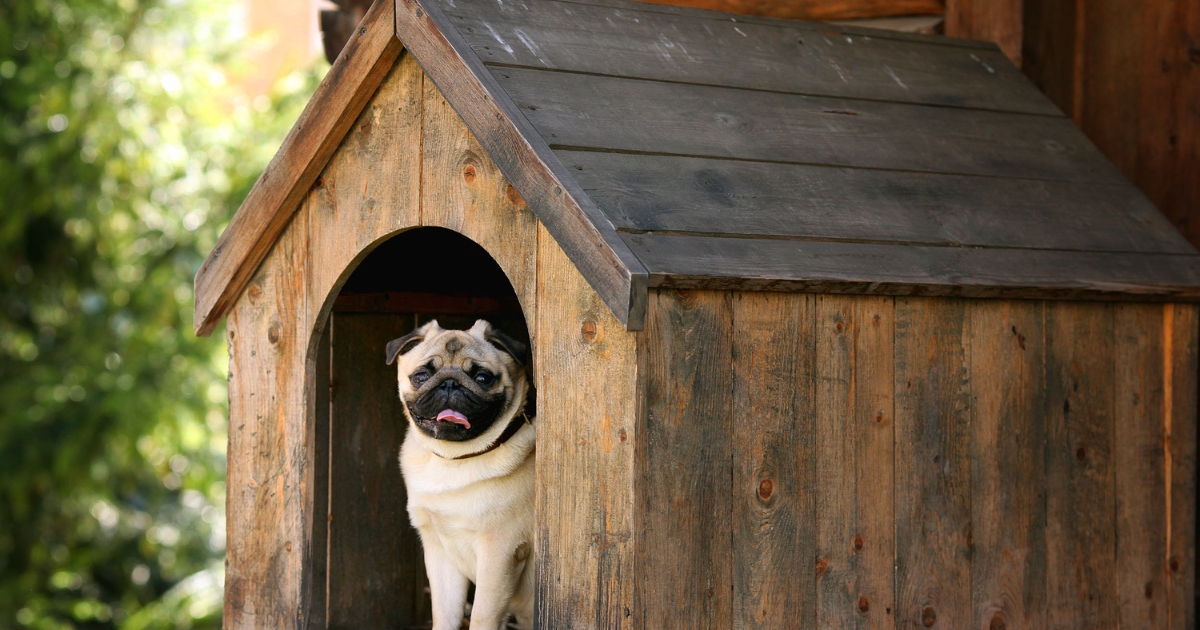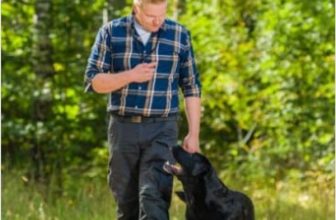How to Kennel Train a Dog

Training your dog to spend time in a crate, which is also known as kennel training, is an incredibly useful behavior for your dog to learn. Not only this is where your dog feels safe and most comfortable, but is also a helpful tool for house training, travel, and managing behavior. When done well, kennel training can establish a healthy ambiance for your dog and also just less hassle for everyone to Kennel Train a Dog
In this guide you will learn how to crate train your dog, read on for helpful tips, practical advice and answers to frequent questions.
Why Kennel Training Matters
A kennel or crate can be your dog’s den, a space of his own sleep and relax. It’s also a useful tool for management for house training, prevention of destructive behavior, and keeping a developing dog safe when you can’t supervise. But it’s important to keep the crate a positive space, not a place of punishment.
Step-by-Step Kennel Train a Dog
1. Choose the Right Crate
Choose a kennel that is big enough for your dog to stand up, turn around, and lie down comfortably but not so spacious that they can use one end as a washroom. Some crates include dividers so you can change the amount of space as your puppy grows.
2. Make the Crate Inviting
Locate the crate in a somewhat secluded area of your home where your family hangs out. Include a soft blanket, towel or crate mat, maybe a favorite toy. And for puppies or chewers, steer clear of bedding that might be shredded or swallowed.
3. Familiarize Your Dog to His Crate
Allow your dog to explore the crate at their leisure. Prop the door open, so that you don’t accidentally close it and frighten them. Foster exploration by throwing treats or toys in the interior. Talk to the dog in a calm, gentle voice when you use the crate, and never push the dog into the crate.
“The box should always be paired with something good. Don’t go too fast.
4. Build Positive Associations
Feed your dog meals near or inside the crate. Stand the food bowl at the back of the crate and close the door while he is eating, if your dog is happy. As soon as they finish, open the door, and gradually extend the time that the door must remain closed after meals.
5. Get Crating Sessions in Short Stints
Once your dog is happy to eat in the crate, start practising keeping him in there for short spells with the door closed. Begin with a few minutes when you’re close by, and then gradually extend the time and distance. Give a command such as, “kennel up” or “crate” each time you ask your dog to enter.
Yielded survey It’s so easy to yield on a survey. I tell my clients, when the dog behaves calmly reward with treats, praise or even a favorite chew object. If your dog whines or barks to be let out, wait until they stop making noise to let them out—otherwise, they might learn that making noise means being let out!
6. Gradually Increase Alone Time
Start leaving your dog in the crate for a few minutes and work up to a few hours while you leave the house. Begin with just a few minutes, then work up slowly. Provide a safe chew or a food puzzle for your dog to occupy them.
7. Use the Crate Responsibly
- Never use the crate as a form of punishment.
- Stop leaving your dog in a crate for so long. Puppies younger than six months should not be confined to a crate for more than three to four hours at a time.
- Make sure your dog gets plenty of fresh air, bathroom breaks, exercise, and play time.
- Take off any collars or tags that could become hooked on the crate.
Tips for Success
Be patient: Very dog is different and they all learn at different rates. Some may learn to love it in days, others in weeks.
Keep sessions brief and upbeat: Stop on a good note — before your dog gets tense or upset.
Add some crate games: Toss treats or a toy into the crate, or play fetch with the crate serving as a “goal” to add an element of fun.
Watch for stress signals: If your dog is panting, drooling or snubbing her food, pause and return to an earlier step.
Stick to a routine: Your dog will do best if he can anticipate when and why he’s being crated.

Common Problems and Solutions
- Whining or Barking: If your dog whines, make sure they don’t have to go to the bathroom. If not, disregard the noise and wait for things to get quiet before releasing them. Do not ever use the crate as a way of punishing for whining.
- Not going into their crate: Try high value treats, a favourite toy or a food stuffed kong to tempt your dog in. Never force them in.
- Accidents in the Crate: Be sure the crate isn’t too large and that your dog is getting frequent trips outside to use the bathroom
- Separation Anxiety: Crating is not a cure for separation anxiety and can increase anxiety. If your dog panics when alone, ask for help from a professional.
FAQs about How to Kennel Train a Dog
How long does it take to crate train?
It varies. Some dogs are happy in the crate in a matter of days, while it can take a few weeks for others. Variables include age, personality and prior history of exposure. Take it at your dog’s pace and don’t push it.
For how long can my dog stay in the crate?
You can leave young puppies under six months of age in a crate for only three or four hours at a time. You can crate an adult dog for up to six hours, but not all dogs need that much time in a crate. All dogs require exercise, play, and regular bathroom breaks.
What if my dog whines or barks when in the crate?
The first thing you should do is see if your dog needs to go to the bathroom. If not, shut out the noise, and don’t let them out until it’s quiet. Don’t give in when your dog whines to be let out of the crate, that teaches her that she can just make noise to be released.
Do I need to place food and water into the crate?
Feed a few meals in the crate to establish positive associations, but don’t leave food in the crate all day. Offer water in a spill-proof bowl or bottle, especially during longer periods of crating, but remove it for short training sessions to prevent spills
Can you crate train an older dog?
Absolutely! Although more difficult, even adult dogs can be trained to like their kennels if you go about it the painstaking, positive way.
It will be a bit different if they didn’t get positive reinforcement earlier and possibly more time before they get comfortable, but practice, practice, practice!
Final Thoughts
Kennel training is a gift for you and your dog both. It provides your dog a safe, cozy place and helps you manage their behavior and protect them. Patience, positive reinforcement and never a punishment in the crate is key. Take your time, appreciate small wins, and enjoy the peace of mind a happy, well-trained dog brings.
If your dog still struggles and seems overly stressed, consult a qualified professional, such as a trainer or a behaviorist. If done correctly, it’s really a positive experience that you are glad you did for your precious pet.







